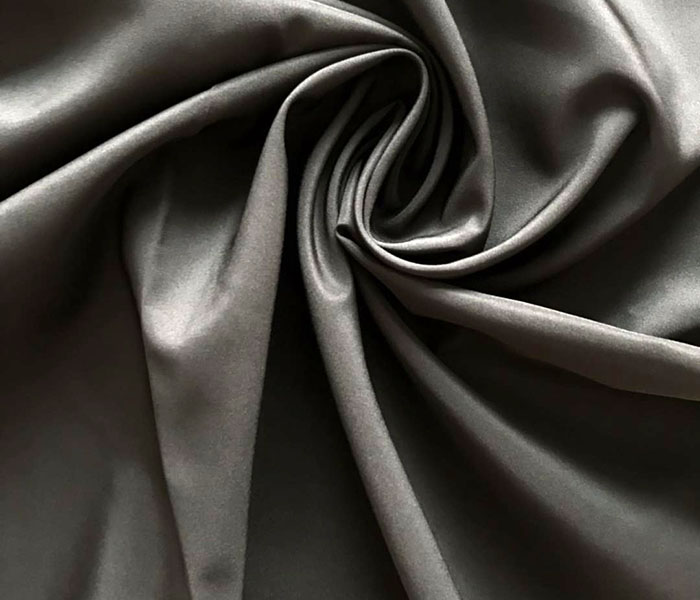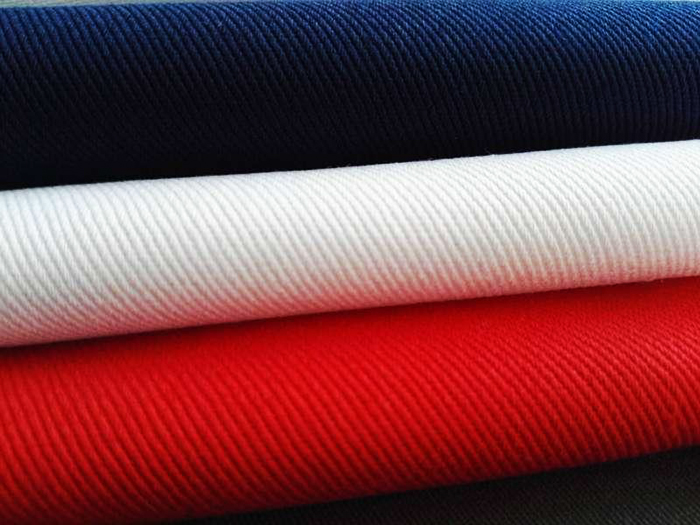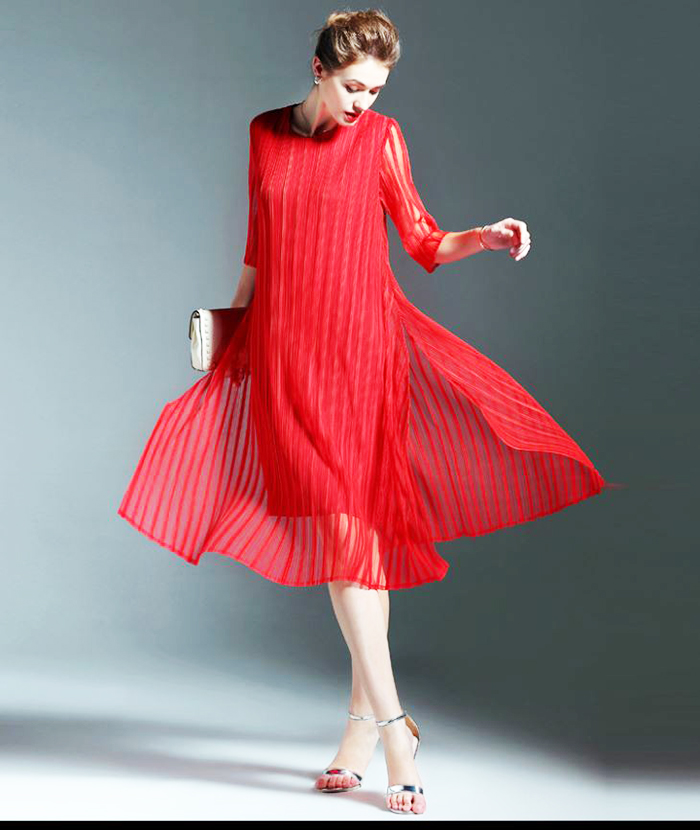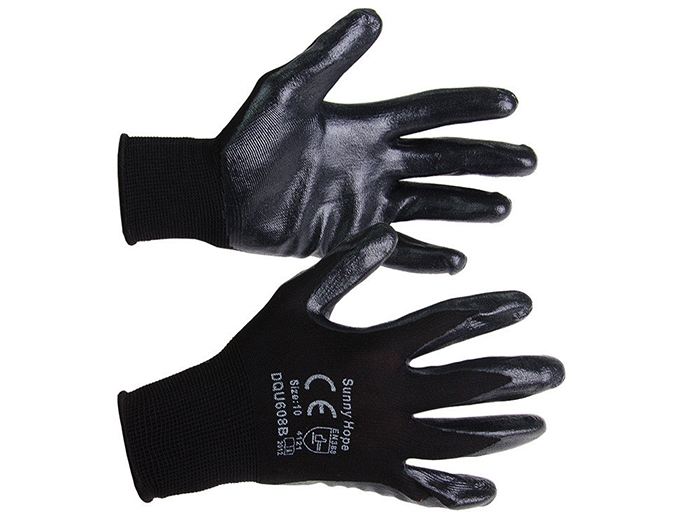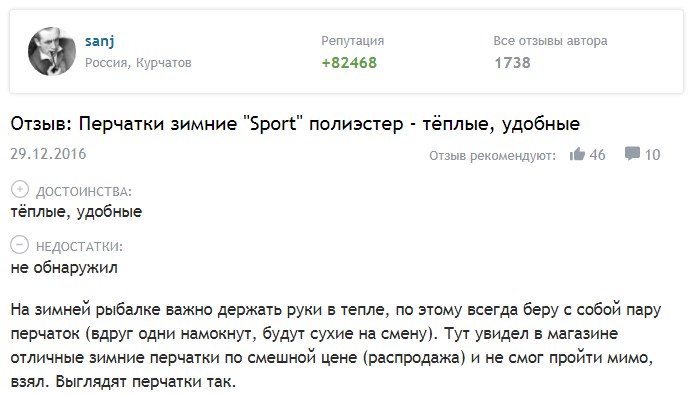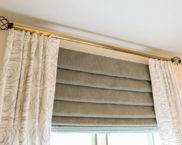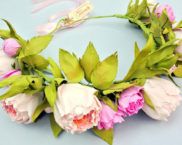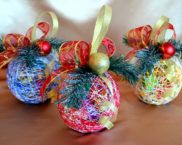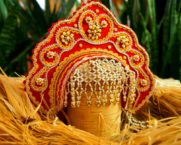Textile secrets: polyester
Each name of modern fabric sounds rather unusual. It is useful to understand the types of canvases, this will exclude the mistaken choice of the unsuitable material, and will open up more opportunities for sewing or choosing high-quality things. The homemaster.techinfolux.com/en/ editorial staff will tell you what kind of polyester fabric it is, what advantages it has.
The content of the article
Mysterious polyester fabric - what is it
Everyone knows the word "synthetics", but few have heard that polyester is its first representative. This material can be called polyester fiber. Such textiles account for almost 60% of the fabric market. Let's figure out what material is called polyester, and what kind of fabric it is.
The material is used wherever possible, as it is safe for health, practical, beautiful and, best of all, is inexpensive.
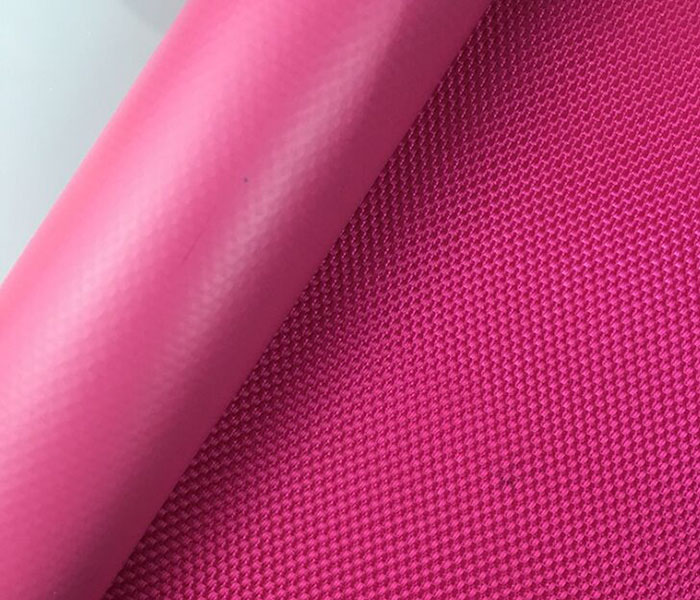
Polyester fibers give us polyester. It immediately becomes clear whether the fabric is natural or not
PHOTO: leantex.com
Production technology: how a practical fabric is created
Mother Nature gave us oil, and its processing allowed us to obtain synthetic polyester fibers. This is what makes great polyester.
Production stages:
- Source codes are obtained from oil and hydrocarbons.
- Polystyrene is obtained from the source.
- Polystyrene goes through certain chemical procedures that give polyester in the form of polyester fibers. Fibers are formed by melting the polymer and then cooling it. The fibers pull, they become strong and dense.
A web is obtained from the fibers; for this, the main and transverse threads are intertwined. At this stage, other types of fibers can be included in the material, which directly affects its characteristics.
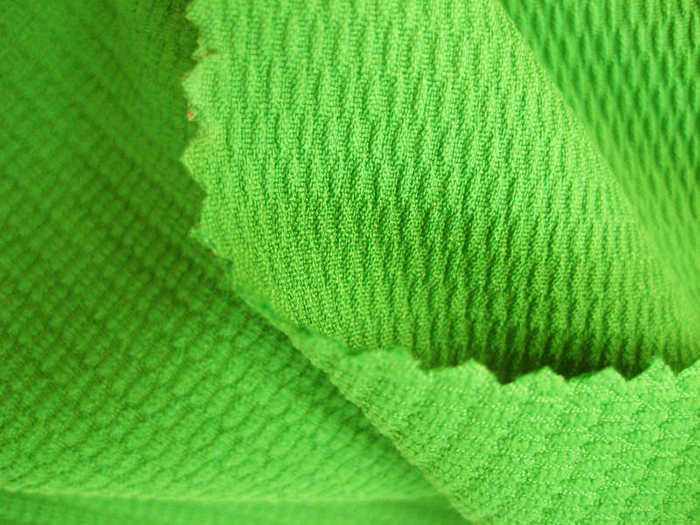
The question often arises of how to speak correctly: polyester or polyester? We use the second option
PHOTO: poliestera.ru
Such a good material is polyester: composition, properties and characteristics
If you pay attention to the appearance of polyester, then it is very similar to wool, but if we talk about its characteristics, then it repeats the properties of cotton. The description of the polyester fabric gives a detailed idea of its characteristics.
100% polyester is durable, durable and perfectly holds the given shape. It is an almost wrinkle-free synthetic fabric that is not afraid of heat and sunlight.

The property of the fabric to fix its shape when heated is very highly appreciated by the designers: this material gives beautiful folds in the decor
PHOTO: makosatin.ru
The characteristics of the material are liked by seamstresses who create different clothes: the fabric is antistatic, its level of moisture absorption is only 0.3%.
As for the chemical attack, the material will dissolve with acetone, benzene, toluene, ethyl acetate.
Polyester is synthetic or not
This question, which is asked by people who first heard about this material, has one unequivocal answer: yes, it is synthetics, but of high quality.
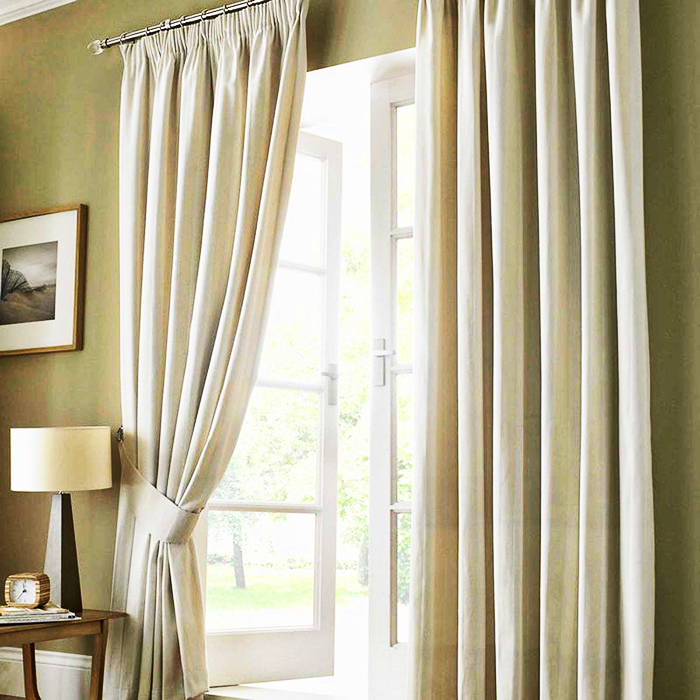
What kind of polyester fabric we figured out, it became clear whether it was natural or synthetic
PHOTO: valeriegroup.ru
Advantages and disadvantages: is it worth buying such a fabric
If we talk about polyester in its pure form, without adding other fibers, then the fabric has its advantages and disadvantages.
Pros:
- strength;
- resistance to wear;
- resistance to acids and weak alkalis;
- ease of care;
- retains its shape when worn;
- not prone to stretching after washing;
- dries quickly;
- resistant to high temperatures and pollution;
- no pellets are formed;
- poorly permeable to moisture, therefore it is used for demi-season and winter clothing. So the question is whether the polyester gets wet can be removed;
- not afraid of the sun's rays.
Minuses:
- the material is quite tough;
- poorly breathable;
- very hard to stain;
- easily electrified.
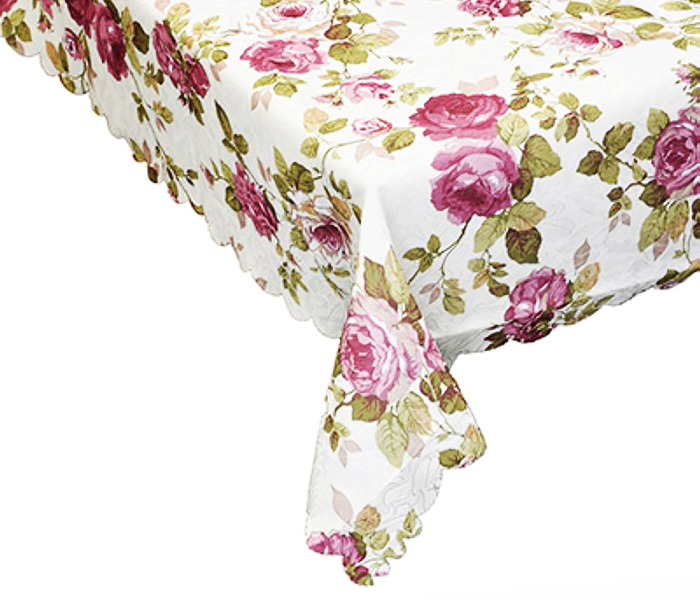
However, only 100% polyester has all the disadvantages, if other types of fibers are added to it, the disadvantages disappear
PHOTO: sp.center
What an interesting polyester fabric, how much the pros prevail over the minuses!
Another nuance: polyester stretches or not
I wonder if the polyester fabric is stretching or not? It depends on the additional fibers included. When choosing a material for sewing, you should immediately try how stretchable the threads are.
Varieties: what kind of fabric can be
The fabric called polyester is diverse, in addition, the product is at the core of plastic containers for products, packaging bags. All this is feasible thanks to the capabilities of the manufacturing technology.
These can be threads with a bulky format, staple fibers, monofilaments produced by extrusion of liquid polyester through holes of different thicknesses on special nozzles, filaments for machine embroidery, textured fibers.
But all these threads get their name, they are known to us as lavsan, tesil and others.
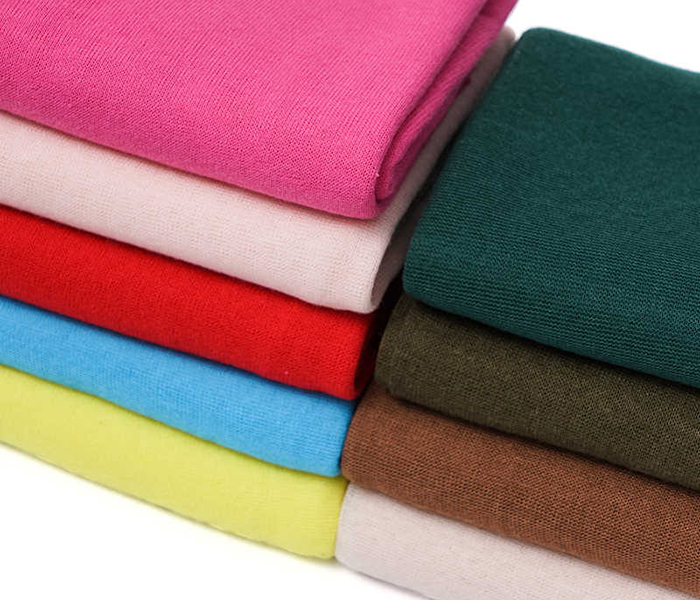
There are different grades of material that differ from each other in the weaving of threads, appearance, type of surface, different levels of strength and smoothness, the presence or absence of gloss
PHOTO: ru.aliexpress.com
There is a fundamental difference whether it is 100% material or whether there are other types of fibers in the fabric. Let's figure this out.
Polyester 100% - what kind of fabric
What is 100 percent polyester? It is a direct product from the processing of terephthalic acid dimethyl ester and ethylene glycol. More details about the material will tell its features: it is a large number of colors, smoothness, different texture, light weight.
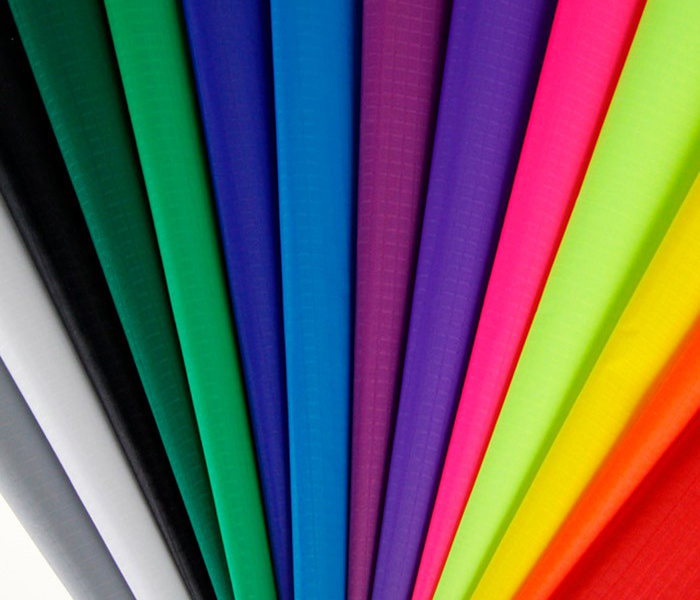
100% of the material does not fade color, no creases appear, you can sew a variety of things from it
PHOTO: enerplus.ru
But the disadvantages of such a fabric, described above, often make their own adjustments to the choice of material.
The versatility of polyester - what is this material in combination with other types of fibers
Someone is wondering what kind of viscose and polyester fabric.We have already said that 100% material is rarely used, mostly it is connected with other threads. Each mix results in a new type of textile.
If you mix polyamide and polyester, then the resulting fabric looks like silk, but elastic, not prone to deformation during wear, not fading, not allowing moisture to pass through.
If you include elastane in the composition, you get the basis for stockings and tights, tracksuits and gloves. This fabric will stretch perfectly, allow air to pass through.
Cotton is also woven with polyester, increasing the strength of the material. If natural cotton wrinkles easily, then such a composition does not allow this fabric.
And what kind of fabric will you get if you mix viscose, polyester and elastane? Any material becomes better, acquiring excellent qualities, which is widely used in the atelier and the manufacture of clothing.
You can combine polyester with spandex. The result is a highly durable elastic product that loses in density, but becomes permeable to air.
On a note! If the fabric with spandex is white, then in the sun it can turn yellow over time.
Application: where the material is used
Following the described characteristics, the direction in which the fabric is applied is selected.
What is polyester in household and special clothing
Oxford is made up of nylon and polyester, and is good for summer robes and quality insulated workwear.
In combination with cotton, you can sew overalls for dusty rooms: clothes do not deform and do not get so dirty, you do not need to iron them either. These are types of fabrics called greta, twill.
If you need a uniform for specialists of different profiles, then you need a mixture of viscose and polyester fibers.
Polyester in bedding
It is clear that this is polyester, but it is surprising that the material has found an excellent place for itself as a raw material for sewing bedding, curtains, bedspreads, blankets and even tents.
Care rules
Since the question, polyester is synthetic or natural fabric, is removed from the agenda, we will prescribe the rules for caring for such an unpretentious material:
- there is always a washing instruction on the clothing label: we read and follow it;
- if machine wash is prohibited on the label, we clean the product in warm water with washing powder;
- hot water deforms the fabric, optimally 40 ° C;
- we do not use bleach;
- machine wash is carried out in a delicate mode;
- We do not use a hot iron, we put it on medium and low heat.
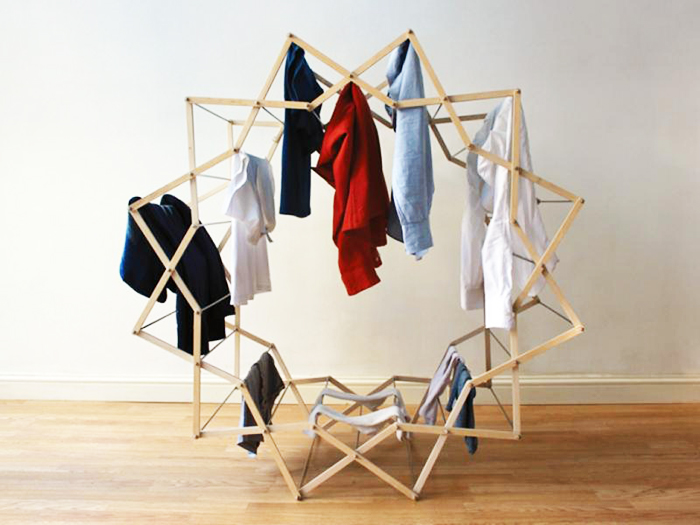
After washing, things must be carefully hung on a hanger, then they do not have to be ironed
PHOTO: navseruki.guru
Comparison with other materials: which is better polyester or cotton
To decide which is better, let's look at the summary data in the table:
| Cotton | Polyester |
|---|---|
| Cooling effect in summer, warming in winter | Airtight |
| Shrinks | Doesn't sit down |
| Burns out | Does not fade |
| Washable and ironable at high temperatures | Do not wash at temperatures over 40 ° C, you do not need to iron |
| Easy to wrinkle | Almost does not wrinkle |
| It stains well | It stains very poorly without inclusions of other fibers |
| Hygroscopic | Non-hygroscopic |
| Stains easily | Almost no spots appear |
Consumer reviews
I wonder which product reviews are better: 100% polyester fabric or with inclusions?
Feedback on the product made of polyester:
Another tip about the polyester product:
But reviews about polyester fabric, where consumers tell in detail what it is and give advice on whether to buy such textiles.
Another tip about using polyester:
Video: how to wash polyester in a washing machine
Do you think it's good that you found a way to create such fabrics? Perhaps you are a stickler for strictly natural fibers?



